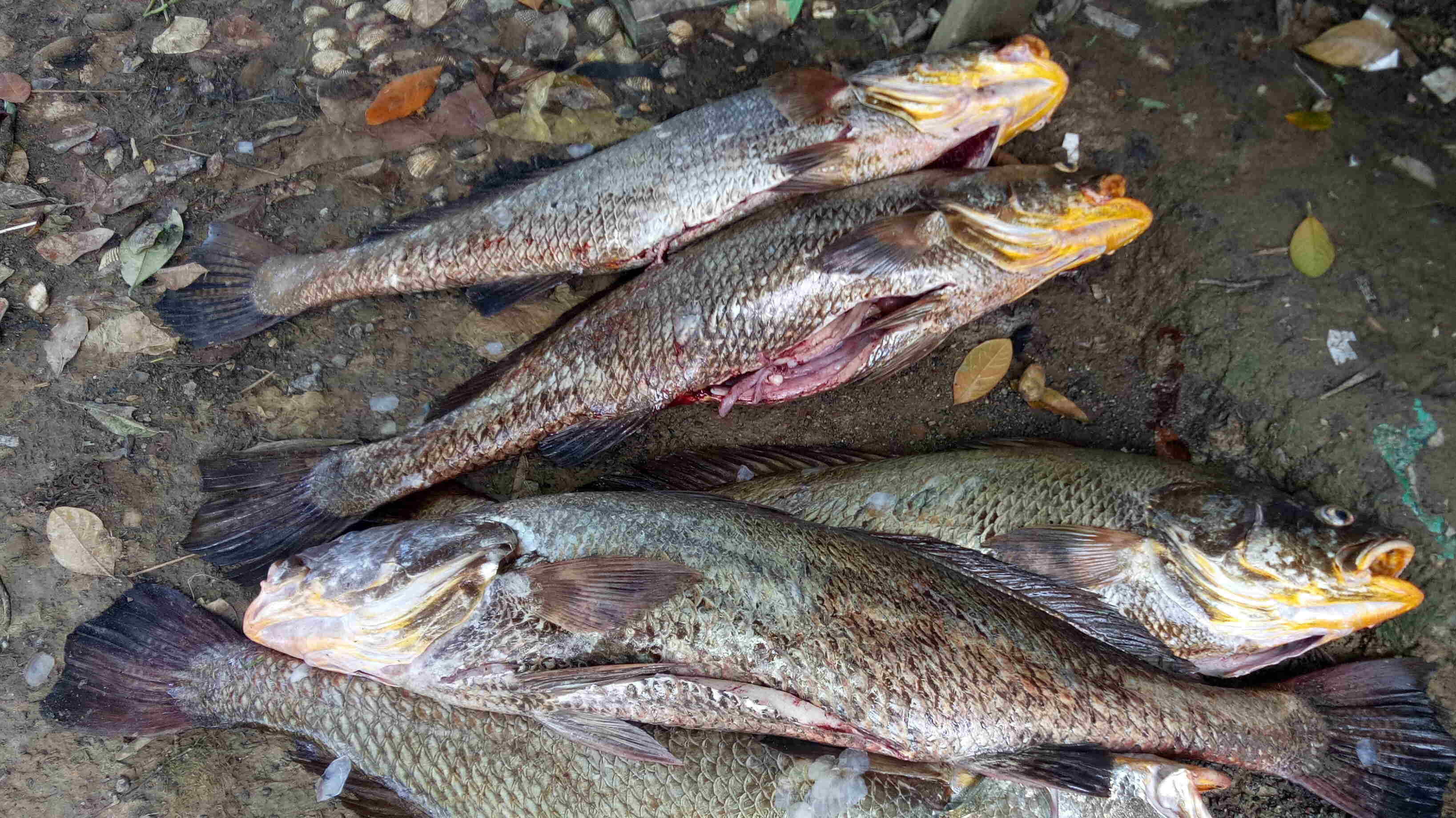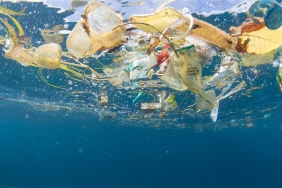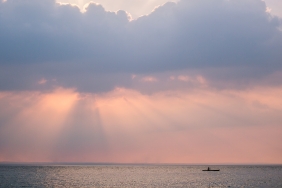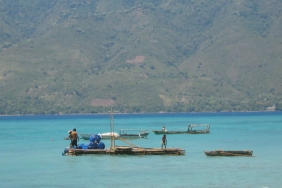HIGH SELLING PRICE, CONGGEK FISH SWIMMING BUBBLES BECOME A TARGET
Bintuni Bay is known as one of the fisheries centers with abundant resources in West Papua, one of which is found in Sidomakmur Village - Aroba District. The observation of WWF-Indonesia's fisheries enumerator team in 2018, found that one of the potential fisheries in Sidomakmur Village is Chinese snapper, which is commonly referred to as conggek fish (Protonibea sp.). The majority of fishermen target the swimming bubble in conggek fish because the price is very high compared to the meat. As a catch with high economic value, it is not strange that fishermen continue to catch conggek fish in Sidomakmur waters.
In general, the swimming bubble in fish has a function to control the buoyancy of fish when swimming, but it can also receive and produce sound. The swimming bubbles of conggek fish sold are usually dried. The swimming bubble is taken out and washed thoroughly and then dried in the sun for 2 days and dried using a fan until it is completely dry like a raw cracker.
Based on interviews with a conggek fish swimming bubble collector in Sidomakmur - Rosikin, the price of female conggek fish swimming bubbles starts at Rp. 1,650,000 per ounce. Meanwhile, the price of male conggek swimming bubbles starts at Rp. 2,700,000 per ounce. The price of male conggek fish swimming bubbles is more expensive because male swimming bubbles are of better quality than female swimming bubbles. How to distinguish between male and female fish bubbles can be seen from their shape. Male bubbles have thin edges but a thick center. Meanwhile, female bubbles have a surface that tends to be thicker. Marketing of bubble fish conggek is usually to the city of Yogyakarta, Surabaya to China.
According to Rusing Chai or commonly called "Ongko Makassar" who is one of the bubble collectors in East Bintuni, the use of conggek fish bubbles for people in China is for consumption. Generally, Chinese people cook it into bubble soup. They believe that the swimming bubble of conggek fish is believed to have health properties.
In addition to the swimming bubble, conggek fish meat is also commonly sold, the price of the meat is around Rp.5,000/kg. Iwan, one of the conggek fish fishermen in East Bintuni, claimed to have been a conggek fish fisherman for 6 years. During his time as a conggek fish fisherman, he sold conggek fish meat for Rp.16,000/kg. This price difference occurs because in Sidomakmur Village, fishermen sell it to collectors first, so the selling price is cheaper than in East Bintuni, which sells directly in the market.
On the other hand, Iwan also complained that his catch has decreased and it is increasingly difficult to get conggek fish. The amount of catch is not what it used to be when he first became a conggek fish fisherman. In the past, fishermen could get five to six conggek fish a day. The fishing location was not too far away and the capital they spent was still below Rp.100,000. "Now, once at sea, usually five to six days stay at sea, and even then only get two to three fish. The location is getting farther, the capital is getting bigger for fuel and supplies," Iwan complained.
WWF-Indonesia with the support of the USAID Sustainable Ecosystems Advanced (USAID SEA) Project initiated indigenous community-based fisheries management in Bintuni Bay. With the EAFM (Ecosystem Approach to Fisheries Management) approach which is currently mandated in the Director General of Capture Fisheries Regulation No.18 of 2014.
This management aims to achieve sustainable utilization of fisheries resources by taking into account the three main dimensions in fisheries, namely ecosystems, social and economic communities and fisheries policies. Where the indigenous people of Teluk Bintuni Regency are seven major tribes consisting of Kuri, Wamesa, Sough, Irarutu, Sebyar, Moskona and Sumuri. These seven major tribes will act as managers and implement management programs included in the traditional community-based fisheries management scheme. It is expected to be managed properly by indigenous people through the concept of Indigenous Community-Based Fisheries Management.





